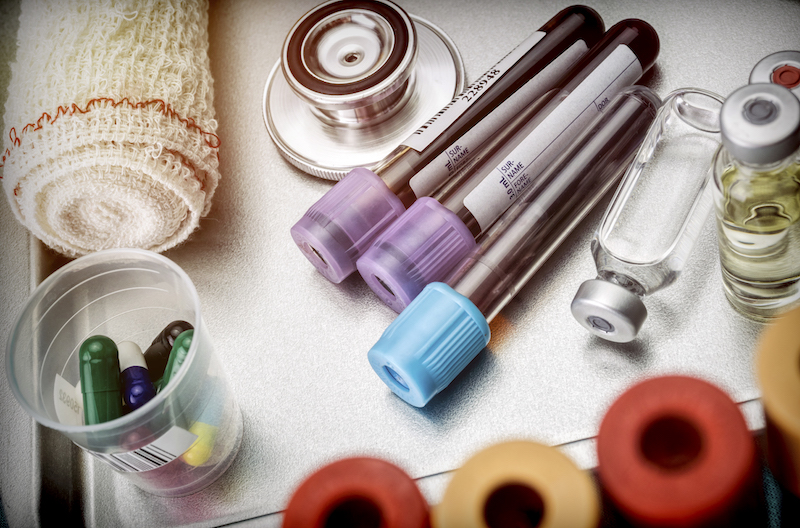
Many Hospital Labs Still Don’t Know They Must Report PAMA Data
Many Hospital Labs Still Don’t Know They Must Report PAMA Data
On January 22, the Centers for Medicare & Medicaid Services (CMS) hosted a teleconference that focused on a new rule that requires nearly all hospital outreach labs to collect their private-payer payment data from January 1 to June 30, 2019, and report it to CMS in early 2020. This data, along with private-payer data from independent labs and physician office labs, will be used to set new rates for the Medicare CLFS in 2021.
Although the new rule was published in early November 2018 and the data collection period is already underway, the teleconference Q&A showed that many hospital outreach labs are unaware that they are required to report. Broad participation from hospital outreach labs in the current data collection cycle is critical to stabilizing Medicare CLFS rates in 2021.
The Final Medicare Physician Fee Schedule for 2019 states that hospital outreach labs that bill for their non-patient lab services using the hospital’s national provider identifier (NPI) must now use Medicare revenues from the Form CMS-1450 14x Type of Bill to determine whether they meet the majority of Medicare revenues threshold and low expenditure threshold.
During the teleconference, CMS confirmed that this will require most hospital outreach labs to collect and report their private-payer data.
Laboratory Economics notes that in simplest terms, the rule requires any hospital outreach lab that collects $12,500 or more in Medicare CLFS revenue during the first six months of 2019 to report their private-payer payment data to CMS. Of course, all independent labs and physician-office labs meeting the $12,500 threshold must also report.
Based on an analysis of Hospital Cost Report data from 2018, Laboratory Economics has identified more than 1,000 hospital outreach labs that will meet the $12,500 threshold and are therefore required to report.
The PAMA law authorizes CMS to impose civil monetary penalties of up to $10,000 per day on labs that are required to report, but fail to do so. However, CMS did not enforce this law during the first reporting cycle (2016-2017) and it has not threatened to do so in the current cycle.
The cost and complexity involved with collecting private-payer payment data combined with CMS’s unwillingness to impose penalties on non-reporting labs lead Laboratory Economics to the unfortunate conclusion that most hospital outreach labs, as well as smaller independent labs and POLs, will dodge their reporting responsibility.
This likely scenario will have devastating long-term consequences for all laboratories. It means that lab test codes paid through the Medicare CLFS—already scheduled for three straight years (2018-2020) of 10% rate reductions—may suffer reductions of as much as 15% in 2021.
Note: This is an excerpt from an article in the February 2019 issue of Laboratory Economics.
